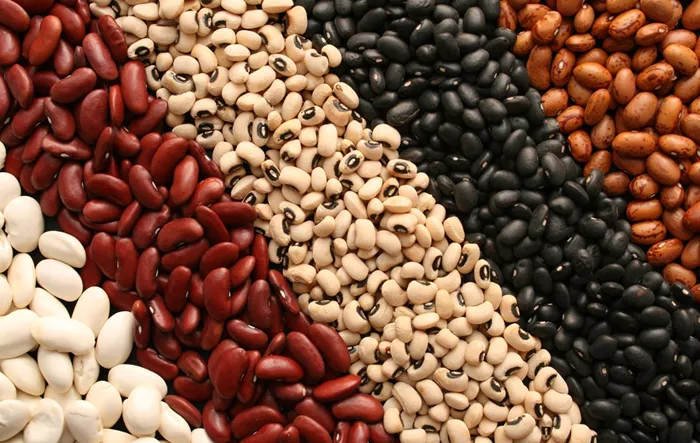As we step into 2025, there’s no better time to reintroduce a nutritious powerhouse to your diet: beans and lentils. These affordable and versatile foods are packed with fiber, protein, iron, and magnesium, making them some of the most nutrient-dense options available. While they may have been overshadowed by other superfoods in the past, beans and lentils are finally getting the attention they deserve.
In fact, the latest Scientific Report from the 2025 Dietary Guidelines Advisory Committee recommends increasing the intake of beans and lentils, with many Americans falling short of the recommended 1-4 cups of these legumes each day. As National Bean Day approaches on January 6, now is the perfect time to embrace these health-boosting foods.
Why Beans Are Essential for Your Health
Beans and lentils provide a treasure trove of nutrients, including protein, fiber, calcium, magnesium, folate, and more. With minimal saturated fat, low sodium, and a low glycemic index, they offer numerous health benefits, including:
Heart Health: Studies show that regular bean consumption can lower LDL (bad) cholesterol levels, supporting cardiovascular well-being.
Cancer Prevention: Beans have been linked to a reduced risk of colorectal cancer.
Blood Sugar Regulation: Despite containing carbohydrates, beans help control blood glucose, supporting diabetes management.
Weight Management: Those who consume beans regularly tend to have a lower body weight and a better waist-to-hip ratio.
Better Diet Quality: People who eat beans typically have higher diet quality scores, consuming more fiber, iron, calcium, and potassium.
Top 5 Beans You Should Be Eating
From lentils to black beans, each variety offers distinct nutritional benefits and can be enjoyed in various ways. Here are five nutritionist-approved types that should be staples in your diet:
Lentils: A half-cup serving of lentils provides 8g of fiber and 9g of protein, along with B vitamins, iron, magnesium, and more.
How to Enjoy: Add them to soups, salads, curries, or even make lentil-based burgers and Bolognese sauce.
Black Beans: Offering 6g of fiber and 6g of protein per half-cup, black beans are a great source of iron, magnesium, folate, and thiamine.
How to Enjoy: Toss them into salads, taco bowls, or mash them into baked goods or burgers.
Cannellini Beans: This creamy bean provides 5g of fiber, 6g of protein, and is rich in iron.
How to Enjoy: Perfect in soups like minestrone, or mashed into a dip with olive oil, garlic, and herbs.
Chickpeas: With 6g of fiber and 7.5g of protein per half-cup, chickpeas are also a great source of iron, magnesium, and copper.
How to Enjoy: Roast them for a snack, add to salads, or blend into hummus.
Edamame: With 11g of protein per half-cup, edamame is especially protein-rich and provides essential nutrients like folate and vitamin K.
How to Enjoy: Enjoy as a high-protein snack, toss into stir-fries, or add to rice bowls.
What to Look for When Buying Beans
Whether dried, canned, or frozen, beans and lentils are all great choices. When buying canned beans, opt for those without added sauces or salt and ensure they are BPA-free to avoid potential health risks associated with the chemical bisphenol A.
Beans and lentils are not just nutritious but also incredibly affordable and versatile, making them an essential part of a balanced diet. By incorporating them into your meals regularly, you can reap their numerous health benefits and enjoy a more nutritious, well-rounded diet.
Read more:
- New U.S. Dietary Guidelines Recommend More Beans, Less Meat for Healthier Eating
- Nutritionists Urge People Over 50 To Embrace These Foods For Better Health
- Top 5 Multivitamins For Teenage Females: Supporting Health And Development


